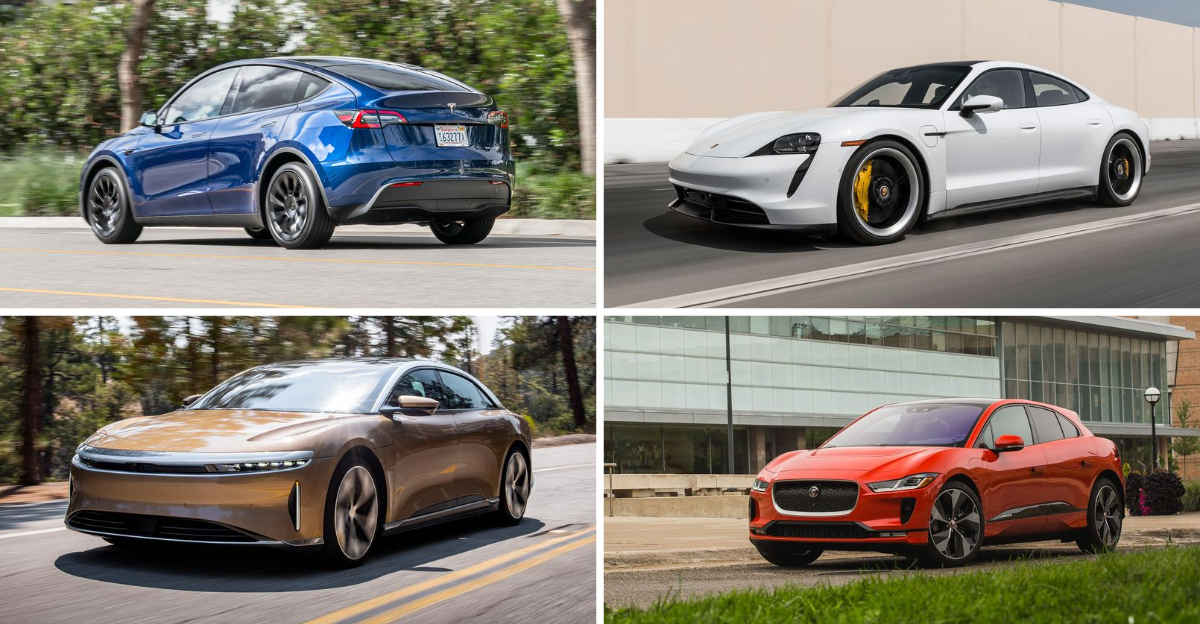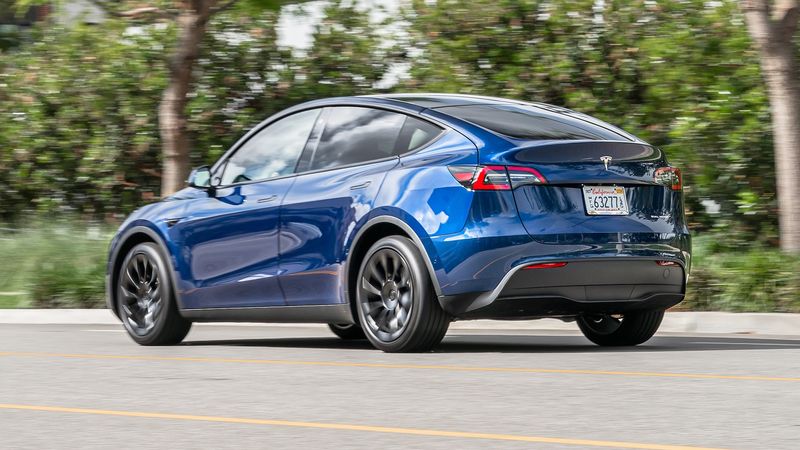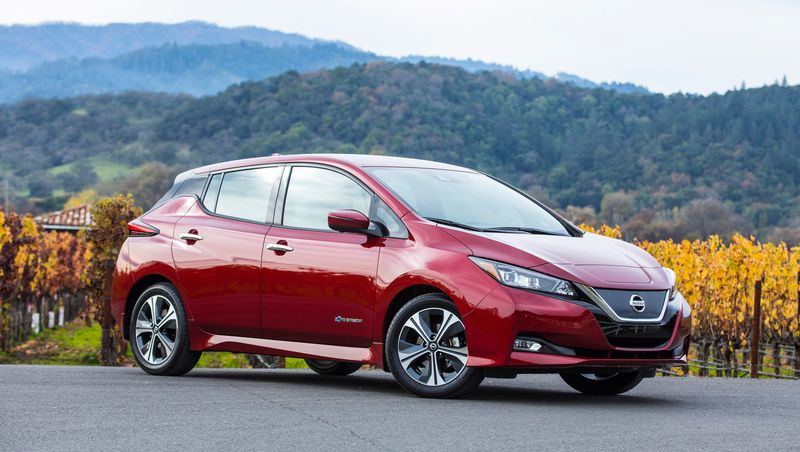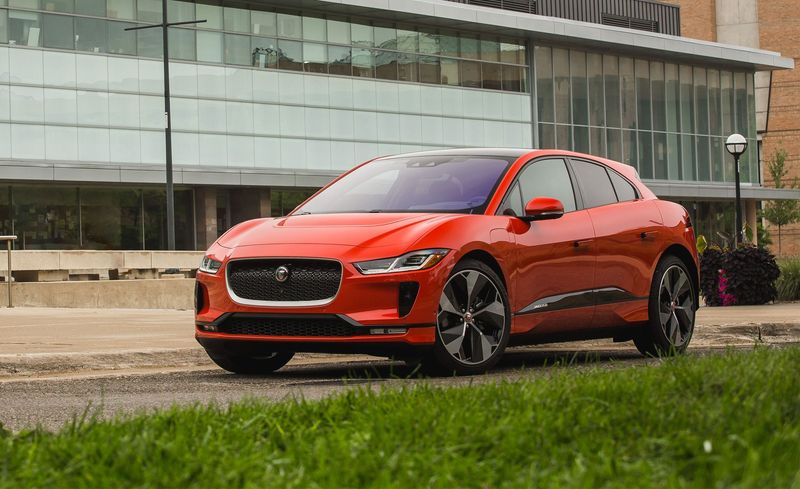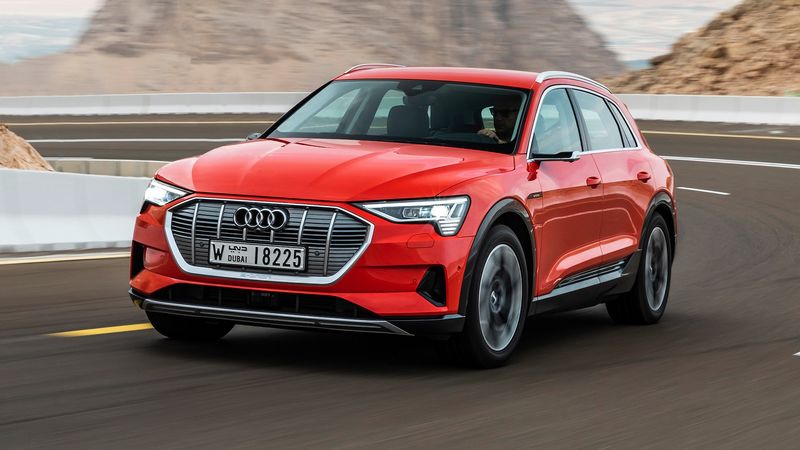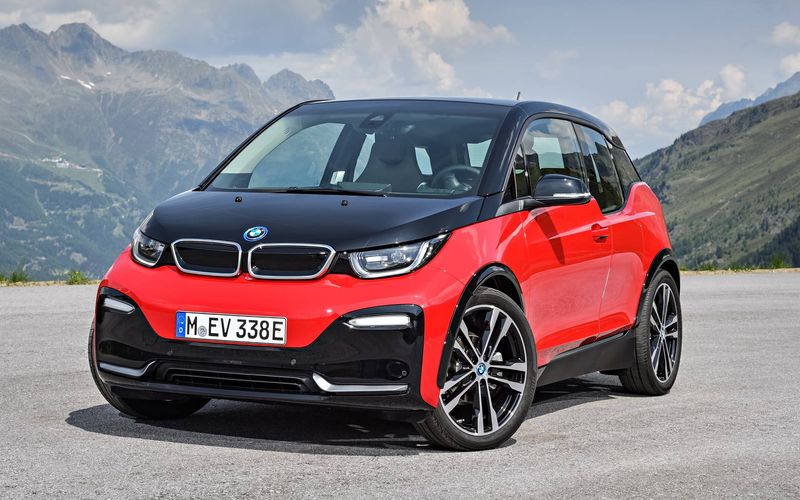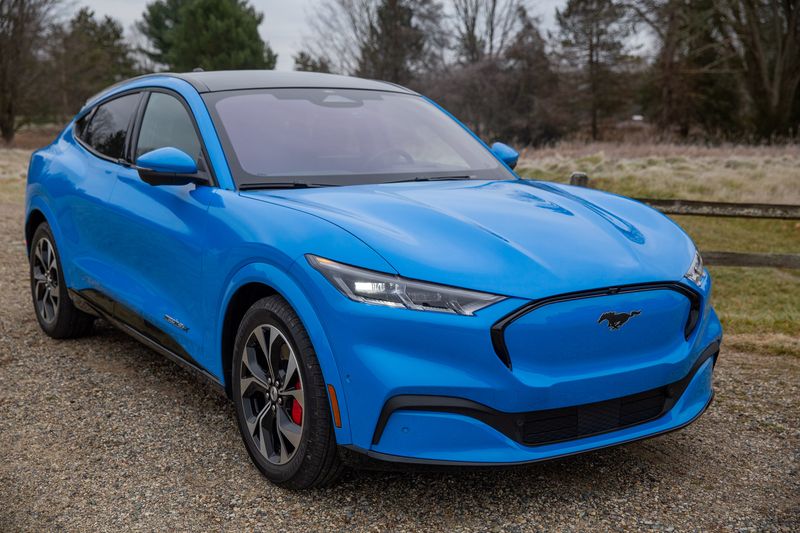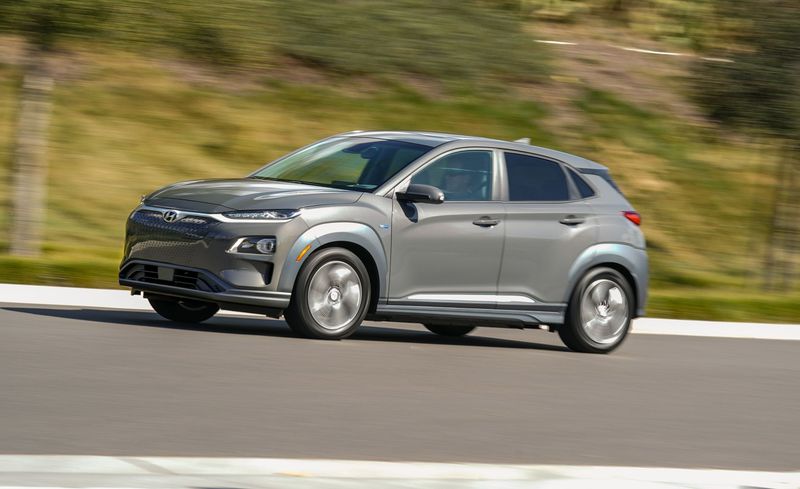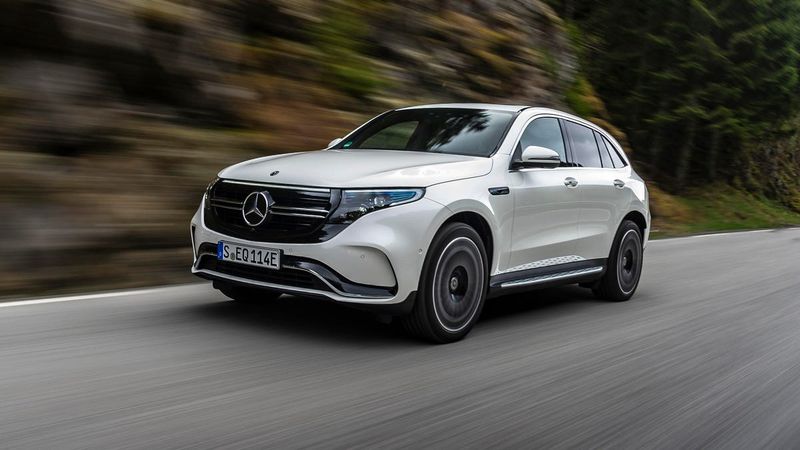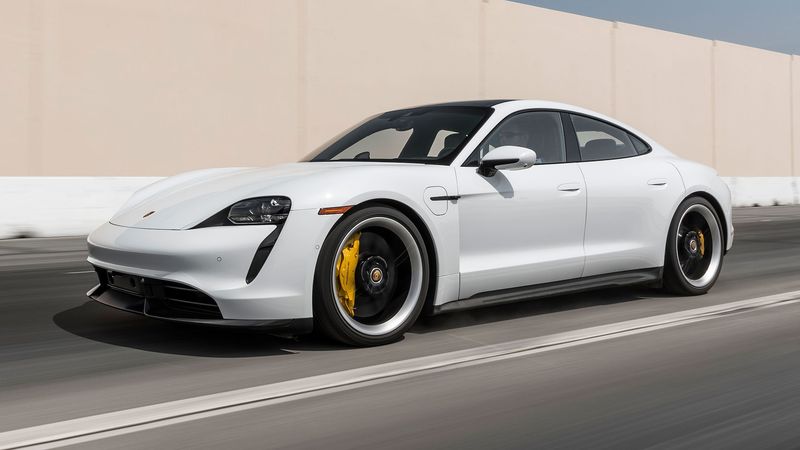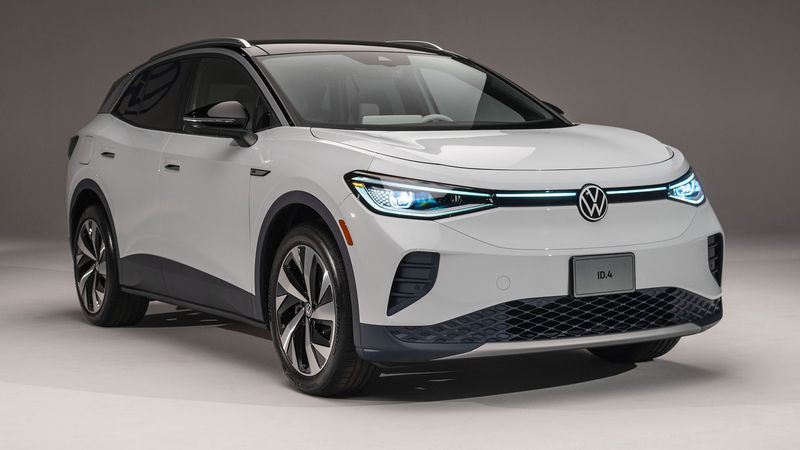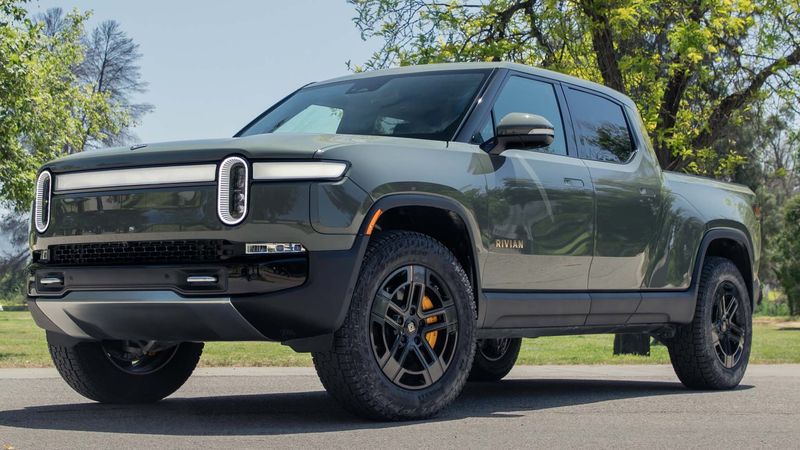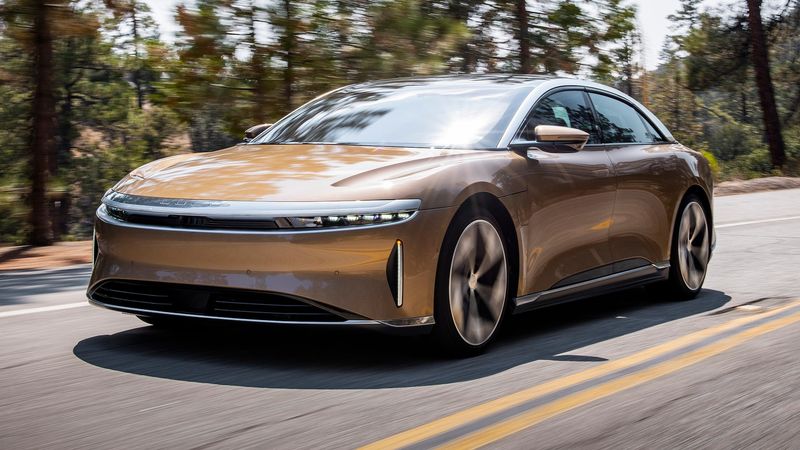📖 Table of Content:
- 1. 2020 Tesla Model Y
- 2. Chevrolet Bolt EV 2017
- 3. Nissan Leaf 2018
- 4. Jaguar I-PACE 2019
- 5. Audi e-tron 2019
- 6. BMW i3 2020
- 7. Ford Mustang Mach-E 2021
- 8. Hyundai Kona Electric 2019
- 9. Mercedes-Benz EQC 2020
- 10. Kia Soul EV 2020
- 11. Porsche Taycan 2020
- 12. Volkswagen ID.4 2021
- 13. Rivian R1T 2022
- 14. Lucid Air 2022
Electric vehicles (EVs) are becoming increasingly popular as the world shifts towards sustainable energy solutions. However, not all electric cars are made equal. Some come with a series of challenges that can’t be overlooked. In this post, we’ll explore 14 electric cars that have raised eyebrows due to their persistent issues. Whether it’s range anxiety, technological glitches, or unexpected recalls, these cars have left drivers questioning their choices.
1. 2020 Tesla Model Y
Introduced in 2020, promised innovation but was plagued with issues. Buyers reported build quality problems, including misaligned panels. The car’s autopilot system, although advanced, often led to unpredictable behavior, raising safety concerns among drivers. Range estimation inaccuracies further frustrated owners.
Despite software updates, these issues persisted, affecting the overall driving experience. Owners expected a seamless EV journey but found themselves visiting service centers more than anticipated. While Tesla remains a leader in the EV market, the Model Y’s challenges serve as a reminder of the growing pains in the electric car industry.
2. Chevrolet Bolt EV 2017
Launched in 2017, was celebrated for its range but faced a major setback with battery fires. Reports of spontaneous combustion led to extensive recalls, shaking consumer confidence. Chevrolet addressed the issue by replacing battery modules, but the damage was done.
Many owners experienced range anxiety due to the recall warnings, which advised against charging the vehicle fully. This limitation impacted the day-to-day usability of the Bolt EV. Consumers looking for reliability found themselves questioning the long-term viability of their electric investment amid safety concerns.
3. Nissan Leaf 2018
A pioneer in the EV market, struggled with battery degradation. Many owners noticed a significant drop in range after just a few years, impacting their daily commutes. This rapid deterioration led to increased charging frequency, inconveniencing drivers.
Additionally, the Leaf’s onboard technology, including its navigation system, often lagged, frustrating tech-savvy users. While Nissan offered battery replacement options, the cost deterred many. These issues highlighted the challenges of maintaining battery longevity and the importance of robust technological integration in modern electric vehicles.
4. Jaguar I-PACE 2019
Introduced as a luxury electric SUV, encountered several technical issues. Users reported software malfunctions affecting the infotainment system, causing disruptions. Furthermore, the vehicle’s range was often overstated, leading to inconvenient stops.
The I-PACE’s charging system also posed difficulties, with inconsistent performance across different stations. These setbacks overshadowed the vehicle’s design brilliance and eco-friendly appeal, making some reconsider their investment. Jaguar’s reputation for luxury clashed with the practical challenges faced by I-PACE owners, revealing the complex nature of merging high-end design with functional electric technology.
5. Audi e-tron 2019
Offered a taste of luxury in the EV market but struggled with efficiency. Owners reported high energy consumption, reducing the vehicle’s effective range. The car’s weight and aerodynamic design contributed to this issue, impacting long-distance travel plans.
Additionally, charging speeds were not as fast as competitors, leading to extended downtime during trips. These challenges weren’t expected from a premium brand, disappointing customers who anticipated a seamless transition to electric driving. Audi’s foray into the electric market highlighted the importance of balancing luxury with practical performance.
6. BMW i3 2020
Known for its unique design, faced criticism due to its limited range. Owners frequently found themselves planning routes around charging stations, which was less than ideal for spontaneous trips. The vehicle’s compact size, while stylish, compromised battery capacity.
Furthermore, the i3’s regenerative braking system, touted as an innovation, occasionally startled drivers with its abruptness. These quirks overshadowed the i3’s eco-friendly benefits, leading some to reconsider their choice. BMW’s bold design statement in the i3 was a mixed bag, blending aesthetics with practical limitations that left some users desiring more.
7. Ford Mustang Mach-E 2021
An ambitious step into the EV world but faced mixed reviews. Owners reported software issues, including slow updates and interface glitches. These technological hitches detracted from the driving experience, causing frustration.
Charging infrastructure compatibility also posed a challenge, with some stations not recognizing the vehicle. This inconsistency hindered long-distance travel plans, diminishing the car’s appeal. Despite its sporty design and historical brand appeal, the Mach-E’s entry into the electric space highlighted the hurdles in transitioning from traditional to electric power, leaving room for improvements.
8. Hyundai Kona Electric 2019
Released in 2019, was praised for its range but was marred by safety recalls. Battery defects led to fire risks, prompting Hyundai to issue recalls and halt production temporarily. This situation instilled fear among potential buyers.
Owners faced limitations on charging capacity as a precaution, affecting daily use. The recalls overshadowed the vehicle’s potential, creating a barrier to trust. While Hyundai addressed the issues, the Kona Electric’s challenges highlighted the critical importance of safety in the evolving electric car market and the impact of recalls on brand reputation.
9. Mercedes-Benz EQC 2020
A luxury SUV, faced scrutiny for its limited range relative to competitors. Owners noted that the real-world range fell short of expectations, impacting longer journeys. This discrepancy was a significant drawback for a brand synonymous with luxury.
Additionally, software updates were slow, leading to outdated systems within months of release. The EQC’s challenges reflected the growing pains of traditional auto manufacturers entering the EV scene, balancing luxury with evolving technology. Mercedes-Benz’s commitment to electric mobility was questioned, as owners looked for seamless integration of electric efficiency and luxury.
10. Kia Soul EV 2020
With its distinctive design, struggled with battery longevity. Many reported a decrease in range after a few years, a critical concern for long-term ownership. Frequent charging disrupted daily routines, making it less convenient.
Furthermore, the vehicle’s infotainment system experienced connectivity issues, frustrating tech-reliant owners. These setbacks detracted from the Soul EV’s quirky charm, leading some to reconsider their options. The Kia Soul EV’s challenges underscored the importance of battery sustainability and reliable technology in maintaining consumer confidence in the electric vehicle market.
11. Porsche Taycan 2020
A symbol of luxury and performance, encountered issues with charging speed. Owners found the vehicle’s fast-charging capabilities did not meet expectations, leading to longer waits at stations. This inconvenience was unexpected from a high-performance brand.
Additionally, software glitches in the vehicle’s systems frustrated tech-savvy users. These challenges overshadowed the Taycan’s impressive speed and design, leading some to question its practicality for everyday use. Porsche’s venture into electric vehicles highlighted the need for seamless integration of performance and technology, a balance yet to be fully realized in the Taycan.
12. Volkswagen ID.4 2021
Aimed to bring electric driving to the masses but encountered initial hiccups. Software bugs plagued the vehicle’s systems, causing unexpected reboots and disruptions.
Additionally, the ID.4’s range fell short of promotional claims, affecting long-distance travel plans. These issues were disappointing for consumers looking for reliability in a new era of driving. Volkswagen’s entry into the electric market faced challenges, underscoring the importance of robust software and accurate range estimations to meet consumer expectations and commitments to electric mobility.
13. Rivian R1T 2022
An electric pickup truck, captured attention with its rugged design but struggled with production delays. These delays affected delivery timelines, frustrating eager buyers. While the vehicle promised off-road capabilities, some owners reported software issues affecting performance.
Charging infrastructure compatibility also posed challenges for the adventurous spirit of the R1T. These hurdles dampened the excitement surrounding Rivian’s innovative approach to electric trucks. As a newcomer, Rivian’s R1T highlighted the complexities of entering the electric vehicle market, balancing innovation with practical execution and customer satisfaction.
14. Lucid Air 2022
A luxury sedan, impressed with promising specs but faced software challenges. Users reported bugs in the infotainment system that detracted from the premium experience. Additionally, the vehicle’s range, while substantial, didn’t always align with real-world testing.
These discrepancies raised questions about the reliability of Lucid’s claims. As a newcomer to the market, Lucid’s Air highlighted the hurdles of delivering on high expectations in the luxury electric segment. The challenges faced by Lucid Air underscored the importance of consistency in performance and technological reliability in maintaining consumer trust.
